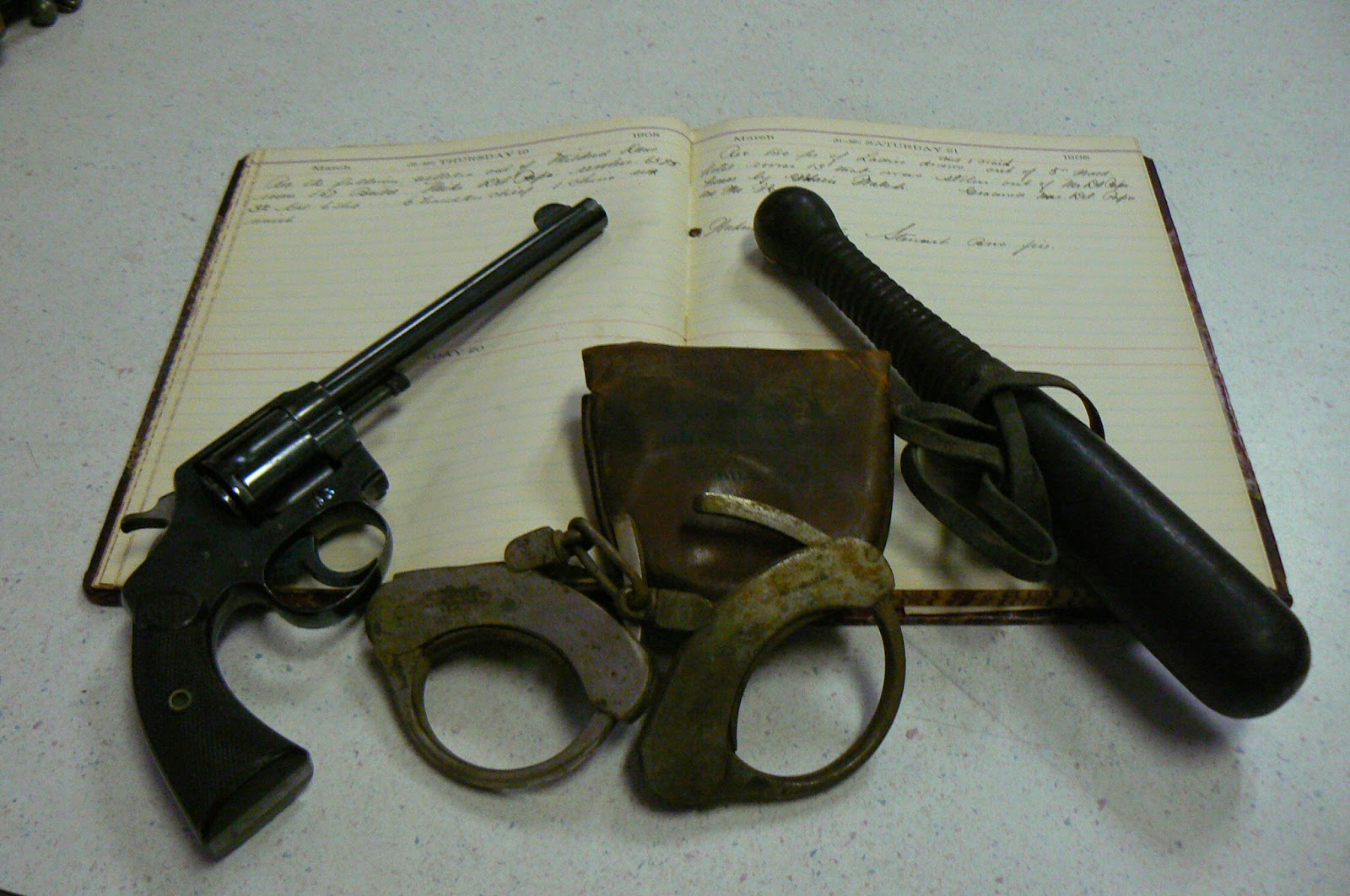It’s Labor Day and
for many of us, that means a day off for shopping or the last barbeque of
summer (unless you work retail, in which case it means frenzied sales). The first Labor Day parade was organized by
the Central Labor Union and Knights of Labor in New York City on May 1,
1882. It was first celebrated as a
national holiday on the first Monday of September in 1887. Whatever it has become today, it was initially
intended to celebrate organized labor and the working class.
The organized labor movement began in
the 19th century as a way for workers to protect themselves against
powerful business interests. In the days
before minimum wage, OSHA and a whole host of other government regulations,
workers had no one looking out for them other than themselves. Organized labor became a way to fight for
things like better pay, shorter workdays and safer conditions. Over the years,
unions have used tools like striking, picketing, collective bargaining and,
since 1933, appeals to the National Labor Relations Board to accomplish their
goals.
The
strike is one of organized labor’s best known tools. There have been a number of successful
strikes in Elmira over the years. For
example, the St. Joseph’s Hospital nurses strike ended on July 12, 1983 with
the nurses negotiating a contract for a 4% across the board raise. That same year, striking workers at Hilliard
were also able to negotiate a new contract.
.jpg) |
| St. Joseph's Hospital nurses strike, July 1983 |
Other
times strikes backfired spectacularly.
In 1888, workers at the Elmira Rolling Mills went on strike demanding
higher wages and the owner, Henry Rathbone, responded by simply shutting down
the company. In 1969, Remington Rand
closed their Elmira plant during a labor dispute. A strike by guards at the Elmira Reformatory
in 1979 not only failed to achieve their goals, the union was fined over $2.5
million dollars and each striking guard was docked $1,550 in pay.
 |
| Reformatory guard's strike, March 1979 |
Of
course, unions do a lot more than just strike.
They negotiate contracts; provide individual workers with protection
from management; and lobby for better labor policy. All of that is important, but strikes just
make for better pictures. If you are
interested the activities of local unions, we have records of the Elmira
Central Trades & Labor Assembly (1899-1924) and the Communications Workers
of America Local No. 1111(1970s-2000s), so come and check it out.
 |
| CWA booklet, 1977 |















.jpg)








